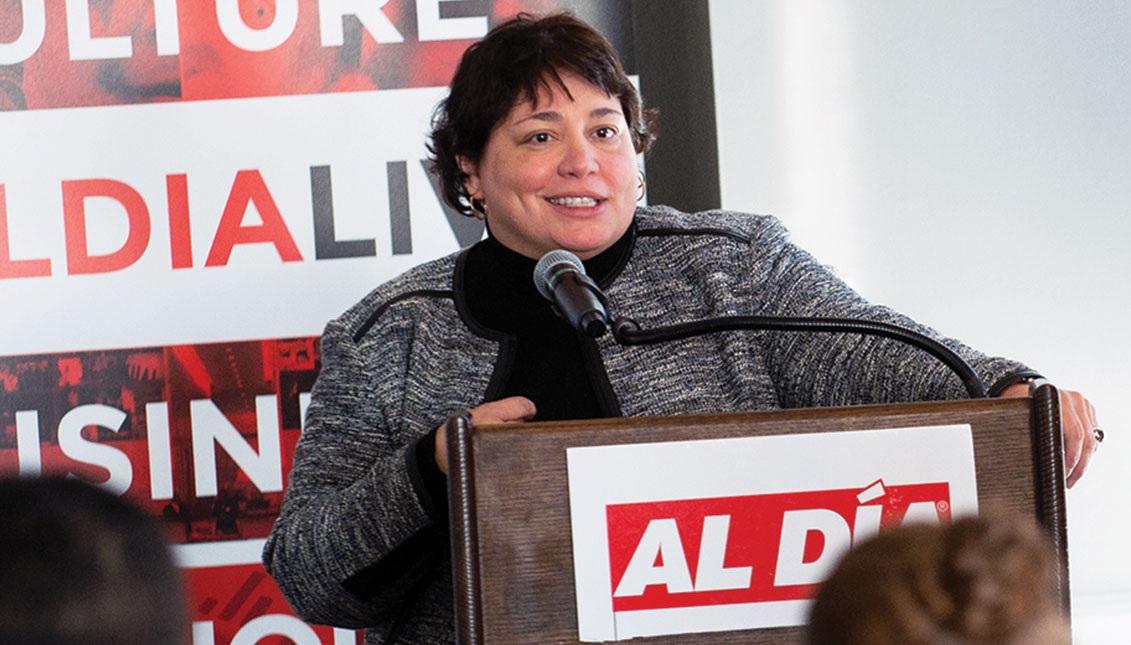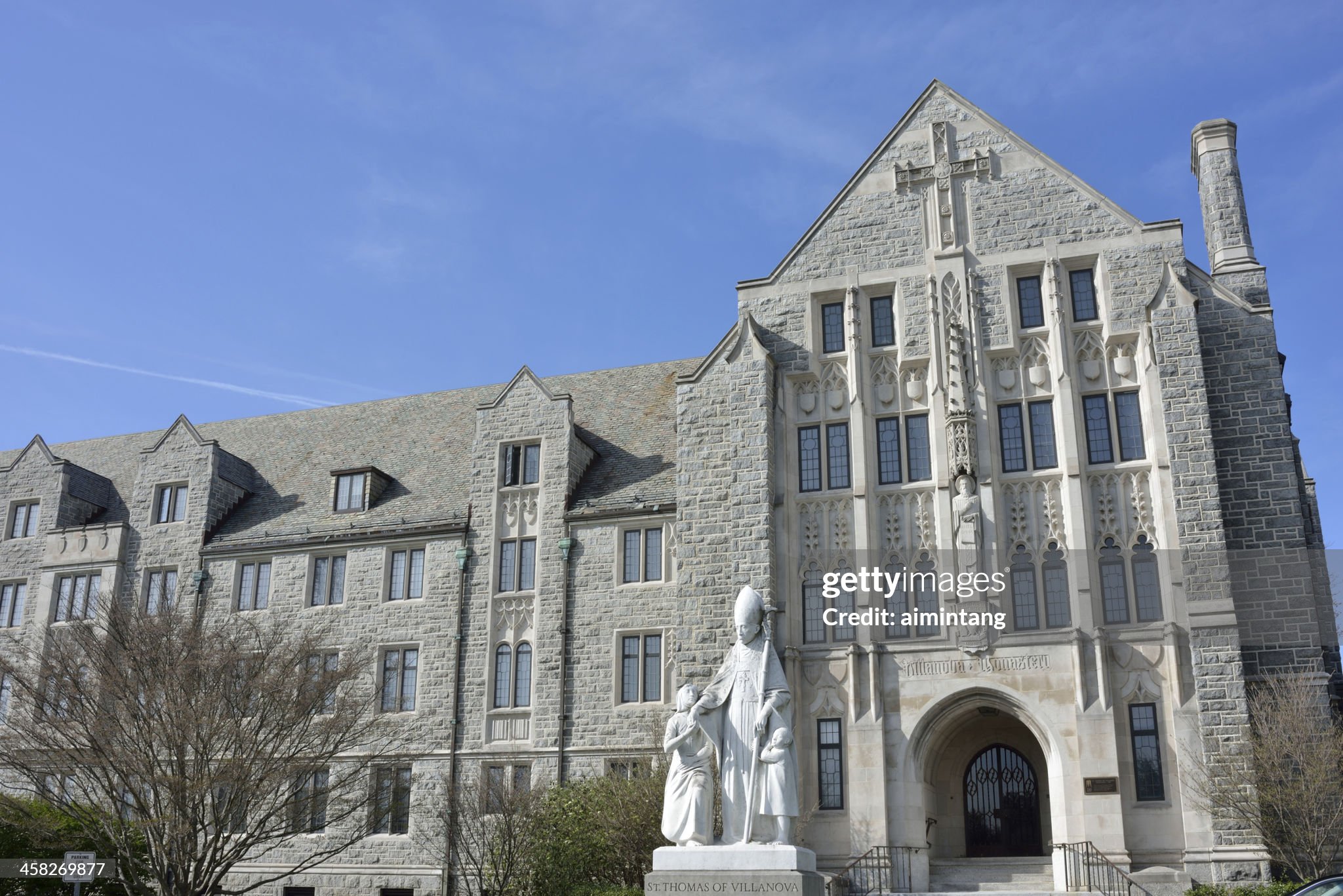
Bridging the education attainment gap for Latinos
“Serving Latinos is not rocket science, but I can tell you often we put programs in place and we don’t pay attention to whether Latinos are participating or…
There is an attainment gap in the U.S. education system - and the country’s Latino population is negatively affected.
According to the Washington D.C.-based education nonprofit, Excelencia in Education, 39 percent of all adults nationwide have earned an associate degree or higher. For Latinos, this number drops to 22 percent.
In Pennsylvania, where Latinos make up seven percent of the state’s population, the numbers are largely the same.
In addition, Latinos graduate at a rate of 51 percent; the average adult in the state graduates at a 63 percent graduation rate.
The disparity in these statistics was a key theme addressed during the AL DÍA Higher Education Summit last Thursday, Jan. 31, with an eye toward what solutions could be implemented to address the equity gaps.
Statewide, Latinos comprise seven percent of college and university enrollment numbers - a figure in line with Pennsylvania’s Latino population. In Philadelphia, however, where the Latino population is closer to 15 percent according to 2016 U.S. Census estimates, the largest universities in the area fall short in matching this representation.
Of the six largest Philadelphia-area colleges, only LaSalle University even reaches the 15 percent mark of Latino students - the school’s student body is 18 percent Latino.
The University of Pennsylvania, Villanova University, St. Joseph’s University, Temple University and Drexel University all fall between six and 10 percent Latino student enrollment.
“In our work with Latino students, we find the following: they make college choices based on cost, location and access. Knowing that has to influence how you think about recruiting Latino students,” Deborah Santiago, the co-founder, chief operating officer and vice president of Excelencia in Education, told the audience at AL DÍA’s Higher Education Summit.
Santiago, who is also the former deputy director for the White House Initiative on Educational Excellence for Hispanic Americans, a role she served in under President Obama, explained that a more holistic approach to recruitment is needed.
“One of the most effective practices we’ve seen for outreach and recruitment is to have orientations where you also include parents and family, because abuelita comes, and siblings come” she continued. “Because that is the social structure network that’s going to ensure that student does well.”
The recruitment of students is just the tip of the iceberg, however. Yes, in Pennsylvania enrollment figures are below average for Latino students. But even for those who are already enrolled, the path to degree completion is anything but certain; graduation rates for Latino students and the percentage of Latinos who hold associate degrees or higher are also suffering.
“If we were educating all, we wouldn’t see gaps in attainment, so let’s not pretend. And if we really are going to be serving all, we have to do more to make sure that happens,” Santiago said.
RELATED CONTENT
According to 2014-15 data compiled by Excelencia in Education, Temple, Penn and Drexel rank in the top 5 in the state, following just Penn State, when it comes to the number of bachelor degrees awarded to Latino students - and Penn State, after all, boasts the largest student body of any higher education institution in the state.
However, Latinos still comprise just five percent of all Bachelor degrees Penn State confers.
By comparison, Latinos make up 10 percent of the Bachelor degrees awarded by Penn, seven percent of those awarded by Temple, and five percent of those awarded by Drexel.
“Serving Latinos is not rocket science, but I can tell you often we put programs in place and we don’t pay attention to whether Latinos are participating or not,” Santiago said.
While Santiago stressed that more Latino faculty is needed, more “culturally responsive” teachers and professors would also help the situation. And some of those improvements include something as simple as a pronunciation class.
“When is the most important time you want to say a student’s name right?” Santiago asked. “When they’re crossing the stage. You just curdle up inside when you hear how names are mangled when they’re crossing the stage.”
At the end of the day, if institutions are “intentional” not just in their efforts to recruit Latinos to boost their enrollment numbers, but also to “serve” them while enrolled, this will go a long way toward bridging the education equity gap Pennsylvania and the U.S. in general currently experiences.
“To serve [Latinos] means you have to be intentional,” Santiago said.
“And to be intentional, you have to understand the strengths, as well as the needs of the students you’re talking about.”











LEAVE A COMMENT:
Join the discussion! Leave a comment.